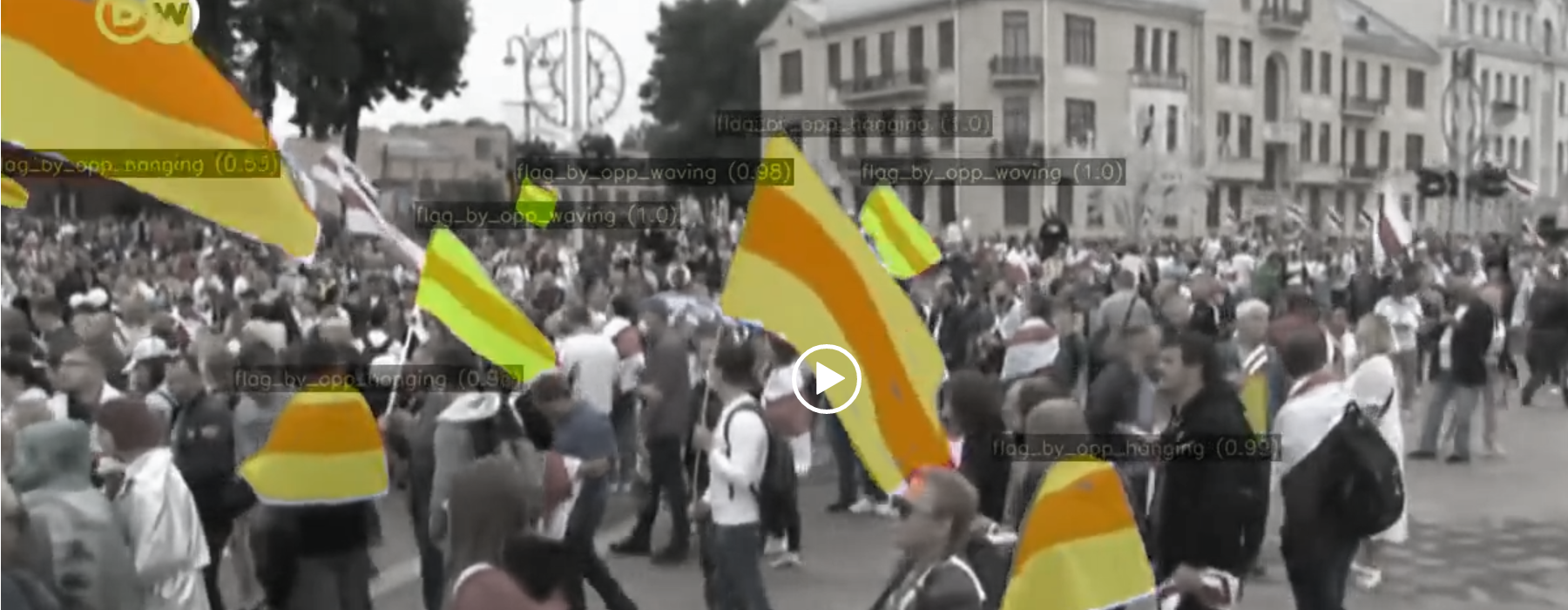Kaleidoscopic Patterns of Protest: Qualifying and Quantifying Visual and Textual (Self-)Representations in Eastern European Protest Cultures

In the last ten years, massive protests against the government and/or unfair elections took place in all three Eastern Slavic countries—Russia (2011/12), Ukraine (2014), and Belarus (2020). More recently, the Russian invasion of Ukraine in February 2022 led to anti-war protests in Russia, Ukraine and Belarus as well as many other countries around the world. These protests were mainly organized via social networks, were disseminated in independent media and countered by the official state-owned media. Thus, visual (self-)representations of the protest cultures must be recognized as an integral part of the protests proper: Symbols and slogans are used in mediatized (self-)representations—YouTube videos, blog posts, communication via social networks, TV news broadcasts or feature-length documentaries— to spread the ideas and claims of the protesting people.
Our project unites close and distant viewing to assess how kaleidoscopic patterns of protest emerge from the constant recombination of specific visual symbols such as banners, flags, slogans, or people marching in the streets. Not only are we interested in a general description of visual and textual (self-)representations of protest in Eastern Europe but we also analyze the patterns of specific protest cultures to describe their symbolic repertoire. In order to achieve this, we build a corpus of visual and textual (self-)representations of protest. We then use deep learning to identify specific symbols in the corpus. These results are utilized to (1) visualize and analyze the differences between official and user-generated content, traditional and new media, and individual countries, and (2) to select specific images and video clips for a qualitative multimodal discourse analysis.
Here is a sample video showcasing our automated annotation:
The original video was uploaded to YouTube by DW News on 23 August 2020: https://www.youtube.com/watch?v=jsnKdsQPCuI
The project is funded by the Austrian Academy of Sciences' go!digital 3.0 program and will be conducted at the Department of Slavonic Studies and the Department of Subject-Specific Education from 1 April 2023 until 31 March 2025.